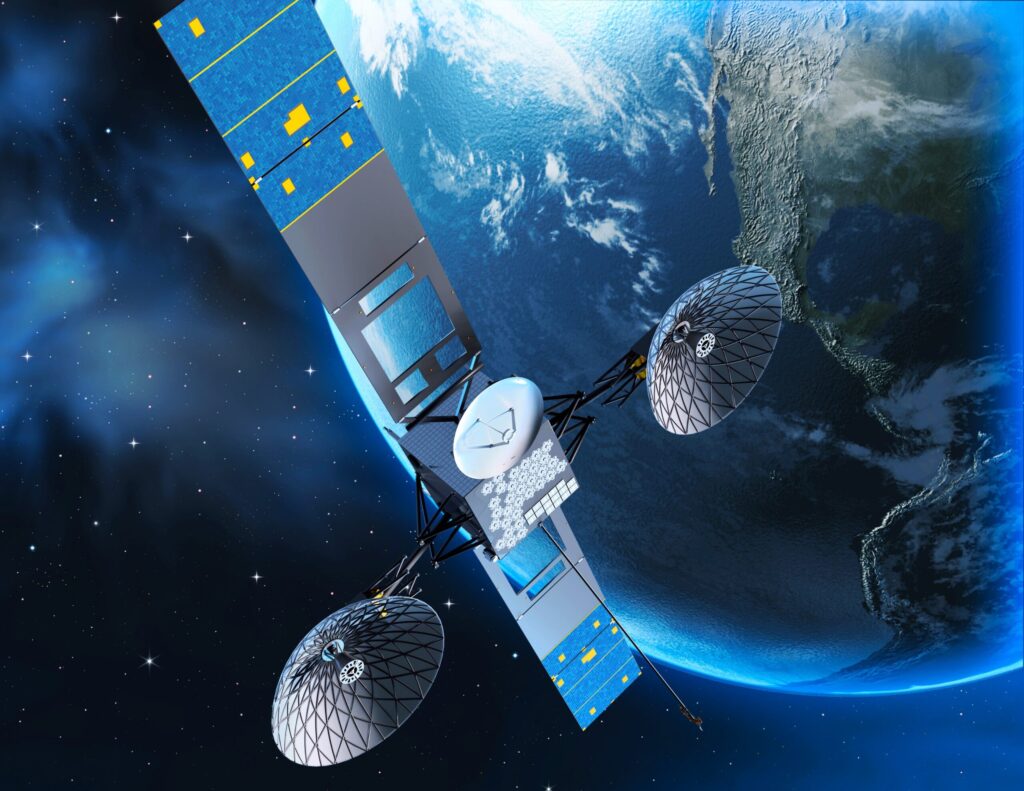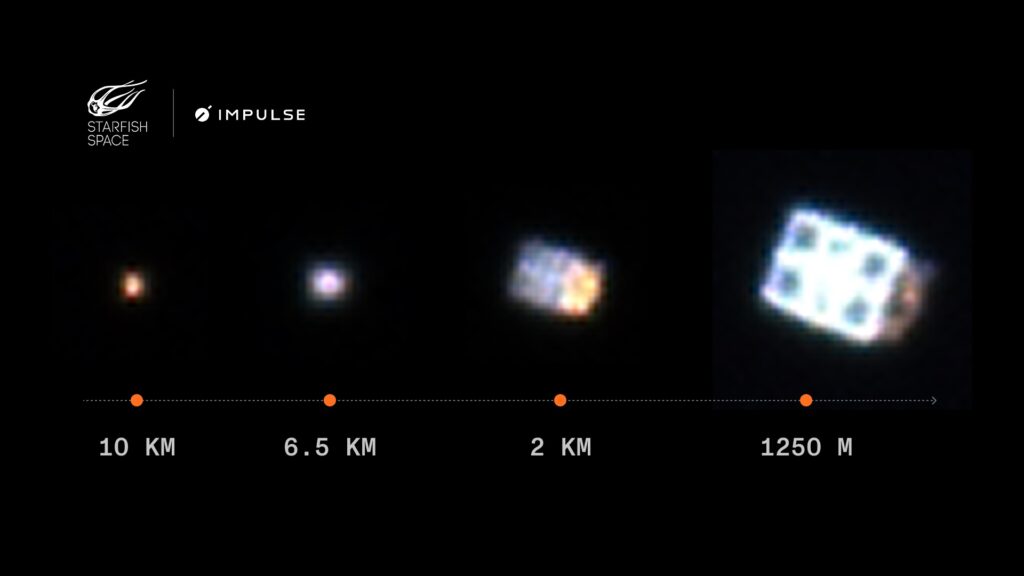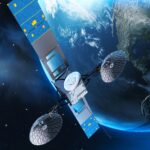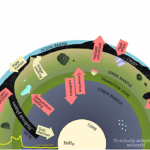Now Reading: The next generation of radar needed to detect micro-debris and enable a safer LEO
-
01
The next generation of radar needed to detect micro-debris and enable a safer LEO
The next generation of radar needed to detect micro-debris and enable a safer LEO
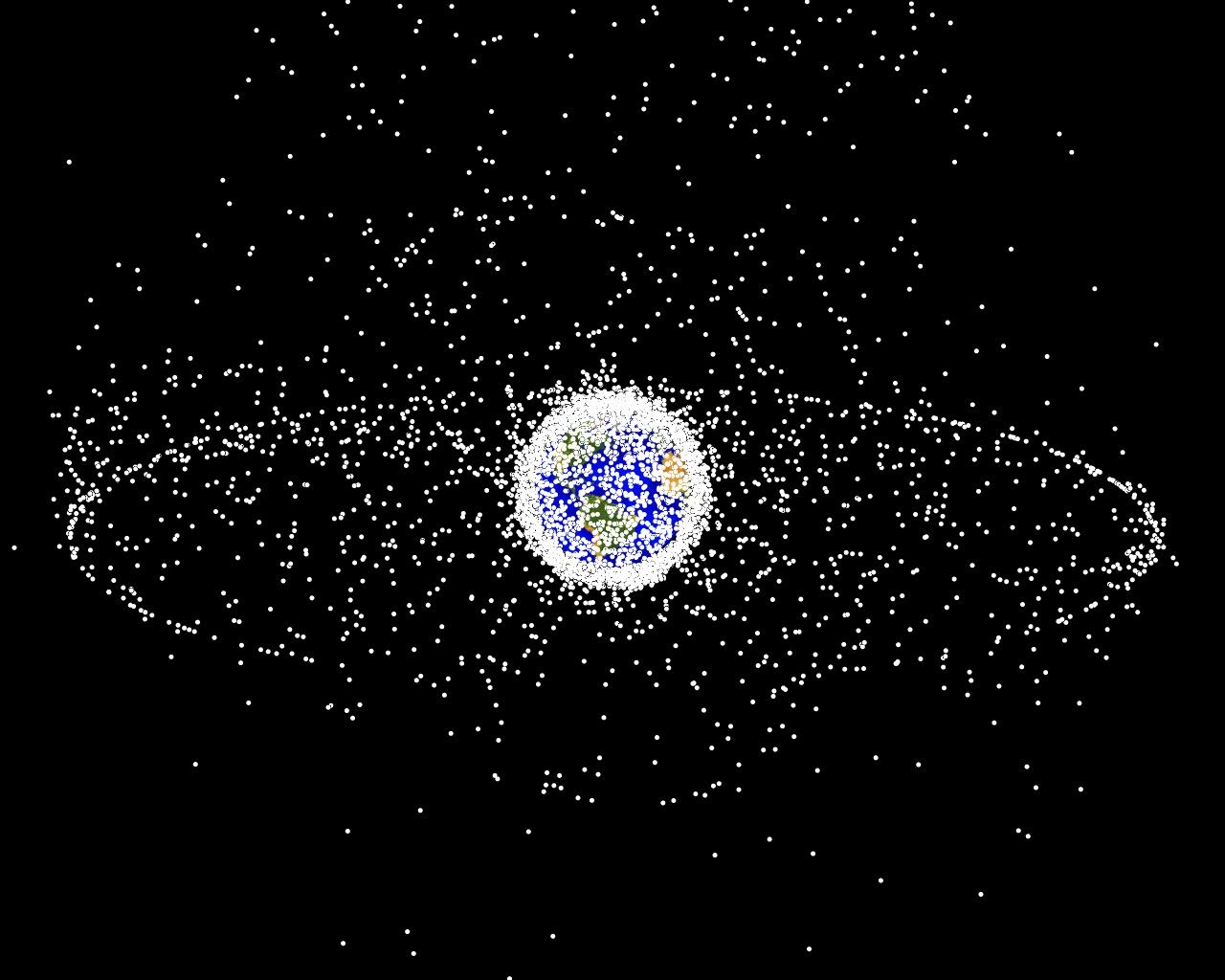

As someone deeply involved in the space sector, I’ve seen firsthand how low Earth orbit (LEO) is becoming increasingly congested. Satellite operators, space agencies and aerospace companies are all facing a growing threat from orbital debris. With more than 10,000 active satellites already in orbit and millions of smaller fragments accumulating, the risk of collision is rising sharply.
What’s particularly concerning is that even particles no larger than a grain of sand can cause catastrophic damage to billion-dollar missions, disrupt global communications, endanger astronaut safety and threaten the long-term sustainability of space operations.
It’s an issue we can no longer afford to treat as theoretical. To address this threat, the space industry must transition from ground-based tracking to orbit-based detection systems capable of identifying debris at the sub-centimeter scale, a shift that mmWave radar technology makes possible.
The invisible threat: detecting micro-debris in LEO
Current ground based systems’ inability to adequately track debris smaller than 10 cm means these types of particles have been an invisible threat for space operations over the years. The consequence? Mission planners have been operating with incomplete data and limited options for collision avoidance. From my perspective, the space industry urgently needs better detection capabilities and more accurate debris models. Current ground-based systems lack the resolution needed for real-time tracking of sub-10cm debris. Operators require orbit-based detection systems with millimeter-scale resolution to provide actionable collision avoidance data. This means transitioning from passive tracking networks to active, satellite-mounted radar systems that can scan continuously within high-density orbital regions.
Technologies like Rendezvous and Proximity Operations (RPO) radar and Millimeter-wave (mmWave) radar for micro-debris detection are essential if we’re to understand and manage the growing risks in orbit. RPO radar enables spacecraft to detect and track objects during close approaches, essential for docking, servicing and collision avoidance maneuvers. mmWave radar operates at high frequencies (30-300 GHz), providing the resolution needed to detect debris at the millimeter scale whilst maintaining compact size and low power consumption suitable for satellite payloads.
At Plextek, we’ve been developing systems designed specifically for this challenge. The fundamental shift required is moving debris monitoring from ground-based observatories into orbit itself. By placing compact radar systems directly aboard satellites, detection becomes continuous and occurs at the scale where collisions happen. Rather than extrapolating trajectories from distant observations, orbit-based systems provide real-time scanning of the immediate environment, detecting particles as small as 1mm within the satellite’s operational region. It’s this kind of innovation that will give operators the situational awareness they need to protect missions and make space a safer, more sustainable environment for everyone.
Matching momentum in the North American market
Momentum is certainly building in the United States with NASA investing heavily in space situational awareness and debris mitigation, and the U.S. Space Force prioritizing domain awareness capabilities. It is clear that there is a significant demand in the US market for precise, space-based tracking solutions as current tracking infrastructure lacks sub-millimeter resolution.
Some of the major firms in the U.S. responsible for these satellite mega constellations growing include the likes of Elon Musk’s SpaceX, Amazon’s Project Kuiper and Telesat’s Lightspeed. All of whom are facing increasing regulatory scrutiny over orbital congestion. So, as satellite mega constellations grow, real-time debris awareness is now an operational necessity.
The new era of debris detection
An integrated mmWave radar system, like the ones Plextek has developed, offers agencies the opportunity to detect sub-millimeter debris, marking a breakthrough in monitoring even the smallest fragments. What makes this unique is that, unlike traditional ground-based tracking methods, mmWave systems offer high-frequency, non-impact sensing as a compact satellite payload. By scanning continuously within a defined beamwidth, these systems identify debris in real-time, allowing operators to map high-density debris fields, adjust orbital trajectories proactively and refine both shielding strategies and predictive debris models. This directly improves:
- Collision risk modelling
- Adaptive shielding designs
- Space traffic management strategies.
These capabilities are essential to initiatives like the ESA Zero Debris Initiative, which aims to significantly limit debris production in Earth and Lunar orbits by 2030. This scalability supports international debris mitigation efforts and aligns closely with ESA’s space situational awareness objectives and Europe’s leadership in responsible space operations. mmWave technology can run on a lightweight, low-power payload that allows for flexible integration into satellites, either as a dedicated module or part of multi-mission platforms.
Plextek’s mmWave radar represents one of the first compact, satellite-mounted systems designed specifically for sub-millimeter debris detection at the scale required for operational LEO missions. While other space-based radar systems exist for larger object tracking, achieving millimeter-scale resolution in a low-SWaP (Size, Weight and Power) payload configuration suitable for integration across diverse satellite platforms is a significant technical advancement.
By having this technology equipped, agencies improve detection at the smallest scale, allowing for more effective mitigation strategies and ensuring that avoidance strategies, shielding designs and debris removal efforts are based on accurate, real-time data. Detection is crucial, but its true value lies in supporting broader debris management efforts. By continuously mapping debris fields, operators can take a proactive approach to space traffic control, reducing collision risks through precise forecasting and early intervention.
To conclude
Bringing new space technologies to market is always a complex process. From my experience, it requires rigorous testing to ensure systems can survive extreme conditions, from violent temperature swings to intense radiation exposure. When developing radar technology, for example, Plextek has to consider radiation-hardening measures, robust power regulation and a compact, lightweight design that guarantees long-term functionality in orbit.
Given these challenges, implementation responsibility should be shared across the space ecosystem. Satellite operators and constellation providers must integrate debris detection as a standard payload requirement, whilst regulatory bodies need to establish frameworks that incentivize or mandate situational awareness capabilities. Technology providers like Plextek can supply radiation-hardened, flight-qualified systems, but widespread adoption requires industry commitment to treating debris monitoring as essential infrastructure, not an optional enhancement. Space agencies and consortiums such as ESA can drive this transition by incorporating debris detection requirements into mission profiles and providing development support for operators adopting these capabilities.
As orbital environments grow more crowded and unpredictable, the shift toward precise, cost-effective, real-time debris monitoring feels not just logical, but inevitable. A radar system capable of detecting and analysing debris at this scale isn’t simply a technical upgrade, it’s fundamental to refining mission planning, improving spacecraft protection and enabling active debris mitigation.
In short, sustainable access to space will depend on our ability to see and respond to the smallest threats before they become mission-critical.
Richard Jacklin is Commercial Lead at Plextek, specialixing in Space, Satellite, Wireless & RF technologies. He works closely with satellite operators, aerospace firms and space agencies to develop sensing systems that improve mission safety and orbital sustainability.
SpaceNews is committed to publishing our community’s diverse perspectives. Whether you’re an academic, executive, engineer or even just a concerned citizen of the cosmos, send your arguments and viewpoints to opinion@spacenews.com to be considered for publication online or in our next magazine. The perspectives shared in these opinion articles are solely those of the authors.
Stay Informed With the Latest & Most Important News
Previous Post
Next Post
-
 012024 in Review: Highlights from NASA in Silicon Valley
012024 in Review: Highlights from NASA in Silicon Valley -
 02Panasonic Leica Summilux DG 15mm f/1.7 ASPH review
02Panasonic Leica Summilux DG 15mm f/1.7 ASPH review -
 03From Polymerization-Enabled Folding and Assembly to Chemical Evolution: Key Processes for Emergence of Functional Polymers in the Origin of Life
03From Polymerization-Enabled Folding and Assembly to Chemical Evolution: Key Processes for Emergence of Functional Polymers in the Origin of Life -
 04How New NASA, India Earth Satellite NISAR Will See Earth
04How New NASA, India Earth Satellite NISAR Will See Earth -
 05And Thus Begins A New Year For Life On Earth
05And Thus Begins A New Year For Life On Earth -
 06Astronomy Activation Ambassadors: A New Era
06Astronomy Activation Ambassadors: A New Era -
07SpaceX launch surge helps set new global launch record in 2024












